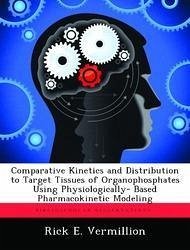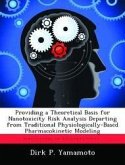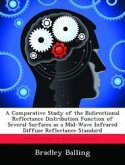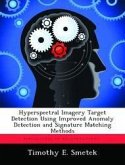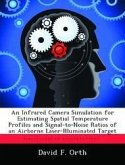A physiologically - based pharmacokinetic model has been developed to examine the effects of organophosphates on the levels of acetylcholine in different tissues throughout the mammalian body. Many organophosphate-like chemical and kinetic characteristics are tested without reference to a specific chemical. Characteristics include partition coefficients, metabolic constants, the inhibition coefficient, the aging rate, and the regeneration rate. Two separate exposure scenarios are tested and compared against a baseline. The baseline consists of a direct inhalation exposure. The first exposure scenario examines the effects of bronchial scrubbing (via inhalation) and the second scenario is a study of dermal exposures and compares the levels of ACh in the different tissues with those in the inhalation (baseline) tests. Organophosphates that are absorbed directly into the bronchial tissue exhibit little variation on the levels of ACh buildup in any of the tissue groups tested when compared to the inhalation exposures. No matter what the scrubbing coefficient used, or the combination of the parameters (partition coefficients, inhibition coefficient, aging rate, and regeneration rate) values, the change in ACh was minimal. The results showed different behavior between inhalation and dermal exposures. The dermal results suggest that an individual may have additional time to don protective equipment before the levels of ACh are high enough to render the person incapable of doing so.
Hinweis: Dieser Artikel kann nur an eine deutsche Lieferadresse ausgeliefert werden.
Hinweis: Dieser Artikel kann nur an eine deutsche Lieferadresse ausgeliefert werden.

